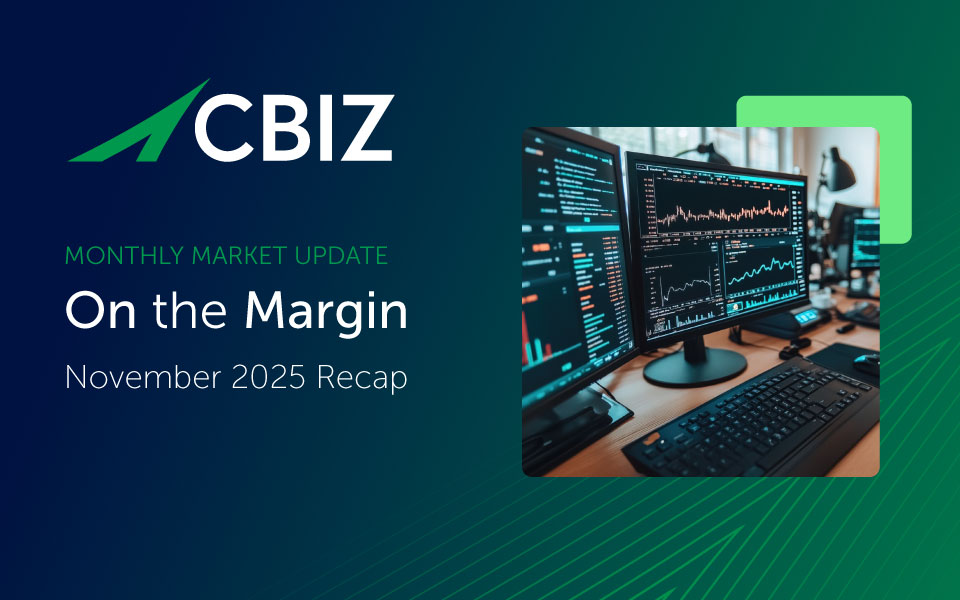An employee stock ownership plan (ESOP) can be a powerful tool for shareholder and management succession, liquidity, and employee engagement. Below is a description of how ESOPs work, what an ESOP transaction process looks like, and where seasoned advisors (especially valuation experts) add real value.
What an ESOP Is and How It Works
An ESOP is a tax-qualified defined contribution retirement plan that invests in company stock in a trust on behalf of employees. A company establishes an employee stock ownership trust (ESOT) that purchases shares from existing shareholders for the benefit of employees. The shares are purchased with proceeds from the company’s loan to the ESOT (ESOP loan). The ESOP loan serves as an internal mechanism that releases suspended shares over a long period. As the ESOP loan is repaid over time, the shares are released from suspense and allocated to the employee’s accounts.
When employees separate from the company, they can transfer vested shares to be repurchased by the company. Payments to the ESOP loan, in the form of contributions, are tax-deductible. The ESOT is exempt from federal and most state-level taxes, so if the transaction is set up correctly, all earnings will be exempt from income taxes.
A Disciplined Transaction Timeline
From decision until transaction close, the timeline of a typical ESOP transaction is five to seven months. Phases are set up in the following order:
Phase 1: The shareholders are given a range of fair market value of the business.
Phase 2: The business’s cash flows are forecast to evaluate the future share price, proceeds for selling shareholders and key management members, projected debt payments, and the potential value to ESOP participants.
Phase 3: This includes seller preparation, trustee engagement and due diligence, negotiation of price and terms, documentation and closing, and post-close adjustments.
Phase 1: The Valuation
Before discussing transaction options, selling shareholders should know the fair market value of their stock. Fair market value, unlike investment or strategic value, is defined by the Department of Labor as “the price at which an asset would change hands between a willing buyer and a willing seller when the former is not under any compulsion to buy and the latter is not under any compulsion to sell, and both parties are able, as well as willing, to trade and are well informed about the asset and the market for that asset.” 1
In other words, what would the business sell for, with the buyer and seller acting in a prudent and knowledgeable manner? The key strengths, weaknesses, opportunities, and threats of the business are laid out in the valuation, and the valuation may identify potential issues before the business can be sold to an ESOP.
This is important in the context of an ESOP because the ESOP trustee may not pay above fair market value for an ESOP.
Phase 2: The Feasibility Study is Your Go/No-Go Moment
A high-quality feasibility study is crucial for determining whether an ESOP can function economically. It should:
- Start with an indication of a defensible measure of fair market value. Compare structural options (100% sale vs. minority, bank vs. seller financing, inclusion of warrants or stock appreciation rights, and whether a C or S corp structure is optimal post-transaction).
- Model cash flow and debt service capacity, including different interest rates and performance scenarios, as well as a sensitivity analysis related to future earnings
- Quantify tax outcomes, including potential benefits to the company and (when applicable) Section 1042 deferral opportunities for selling shareholders.
A sound feasibility study doesn’t “sell” the ESOP; rather, it identifies any cash flow concerns, provides guidance on optimal tax structures, shows employee benefit levels, and sets expectations for the return on investment for selling shareholders.
Phase 3: Transaction Roles and Responsibilities: Buy-Side and Sell-Side
Once selling shareholders decide that an ESOP is the right structure, an ESOP trustee (Trustee) is hired by the company to serve as the ESOP’s independent fiduciary. The shareholders are sellers (sell-side), and the ESOT is the buyer (buy-side). Valuation advisors can serve as advisors to the sell-side or buy-side in an ESOP transaction (but not both).
- Sell-side (advisor to the selling shareholders). After completing the valuation and feasibility analyses, the financial advisory team coaches owners through the selling process, structures the deal, updates the financial models, coordinates legal and tax advisors, and prepares the company for trustee diligence. Soft skills matter—owner transitions are both personal and financial.
- Buy-side (advisor to the trustee). The Trustee must independently determine fair market value with the help of a qualified valuation expert, who also analyzes cash flows and financing terms, and helps the trustee negotiate on behalf of participants. In addition, the buy-side valuation expert will issue a fairness opinion that states that all the terms and conditions of the transaction are fair to the ESOT.
Why Accredited Valuation Skill Set Matters
Qualified ESOP advisors bring more to the table than just their credentialed valuation skillset. Qualified advisors will lead selling shareholders through a smooth transaction:
- Best practices through decades of valuation and transaction experience.
- Valuation opinions and reports from accredited/vetted valuation organizations (examples are the Accredited Senior Appraiser designation from the American Society of Appraisers, the Accredited in Business Valuation from AICPA or the Certified Valuation Analyst designation from NACVA)
- Deep ESOP-specific valuation expertise (including fairness opinion analyses and DOL regulatory context as well as IRS compliance matters).
- Deal structuring fluency (bank vs. seller notes, interest-only periods, amortization profiles, deal term “financial pegs”).
- Synthetic equity judgment (e.g., warrants, SARs): what’s market, how incentives align, and how these features affect value and future dilution.
- Transaction management: clear communication, tight timelines, and issue-spotting across legal, tax and lending workstreams.
When managed effectively, ESOPs can facilitate a tax-efficient ownership transition, enhance employee alignment, and preserve culture without relinquishing control to third-party buyers.
Want to Evaluate if your Company is a Good Candidate for an ESOP?
Connect with CBIZ today. We would be happy to have an introductory call to discuss valuation, feasibility, and structure options for an ESOP transaction.
*1 Department of Labor Proposed Regulation Section 2510.3-18(b)(2)(i)
© Copyright CBIZ, Inc. All rights reserved. Use of the material contained herein without the express written consent of the firms is prohibited by law. This publication is distributed with the understanding that CBIZ is not rendering legal, accounting or other professional advice. The reader is advised to contact a tax professional prior to taking any action based upon this information. CBIZ assumes no liability whatsoever in connection with the use of this information and assumes no obligation to inform the reader of any changes in tax laws or other factors that could affect the information contained herein. Material contained in this publication is informational and promotional in nature and not intended to be specific financial, tax or consulting advice. Readers are advised to seek professional consultation regarding circumstances affecting their organization.
“CBIZ” is the brand name under which CBIZ CPAs P.C. and CBIZ, Inc. and its subsidiaries, including CBIZ Advisors, LLC, provide professional services. CBIZ CPAs P.C. and CBIZ, Inc. (and its subsidiaries) practice as an alternative practice structure in accordance with the AICPA Code of Professional Conduct and applicable law, regulations, and professional standards. CBIZ CPAs P.C. is a licensed independent CPA firm that provides attest services to its clients. CBIZ, Inc. and its subsidiary entities provide tax, advisory, and consulting services to their clients. CBIZ, Inc. and its subsidiary entities are not licensed CPA firms and, therefore, cannot provide attest services.















